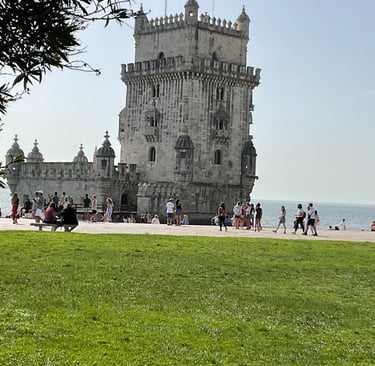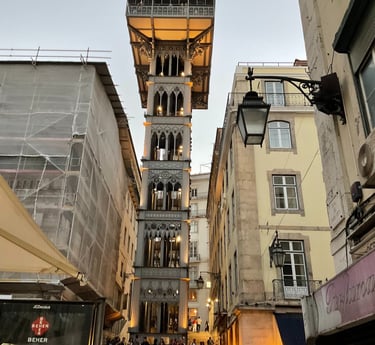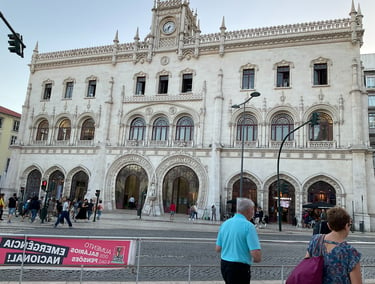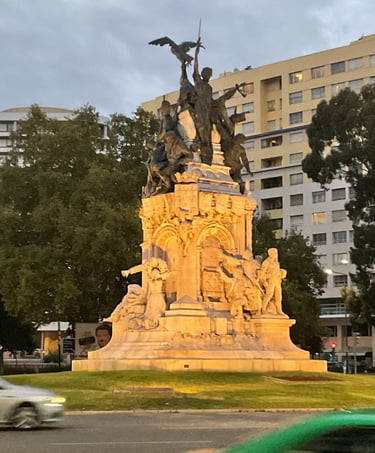LISBOA ,the capital of Portugal
In autumn 2022, I explored Lisbon, a city rich with history, iconic sights, warm locals, and unforgettable food — a perfect blend of old-world charm and modern energy.
TOUR OF THE MONTH
Wandering Armenian
10/8/20223 min read
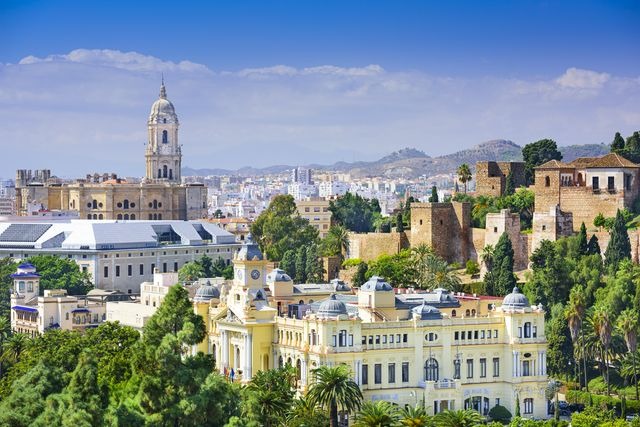

Lisboa – the capital of Portugal
Portugal is a southwestern country in Europe that had a great historical relationship with India since the 15th century. Vasco da Gama was a Portuguese explorer who got to Calicut in 1498 and introduced the direct sea trade between Europe and India. The Portuguese had settled colonies in Goa, Daman, Diu and other coastal areas, and their presence had a profound impact on the cultural lives, food, architecture, and religion of the localities. Goa was the Portuguese colony until more than 450 years when it was incorporated into India, in 1961. The heritage of Indo-Portuguese can be seen today in the through languages, art, festivals, and common history as it reflected centuries cultural exchange and maritime history.
My visit to Lisbon in the crisp autumn of 2022 as I wanted to step into a living tapestry of history and culture. Known as Lisboa in Portuguese, the city’s name evolved from Olisipo, a Roman settlement that drew on even older Phoenician roots. Built across seven hills along the Tagus River, Lisbon’s layout is a fascinating mix of steep, narrow alleys, and grand squares. Wandering through its neighbourhood’s, I found the people remarkably friendly, eager to share their stories and smiles. The hauntingly beautiful São Jorge Castle stood proudly on its hill, guarding centuries of secrets, while the nearby Pascasio Museum and its lively free market brimmed with food stalls serving up sizzling Chouriço and sweet Pastéis de Nata.
Lisbon’s famed tram system, especially the rickety but iconic yellow Tram 28, made exploring a delight, climbing effortlessly through winding streets lined with tiled façades. From fresh seafood like bacalhau à brás to the fiery piri-piri chicken, Lisbon’s cuisine offered flavors that stayed with me long after I left. At every corner, something beautiful seemed to catch my eye — from grand monuments like the Belém Tower to the humble joys of a steaming espresso at a street café. Lisbon in autumn was more than a trip; it was an invitation to slow down, savour, and fall in love with a city that wears its past proudly while embracing the present.
Pasties de Nata [The Iconic Dessert of Lisbon or say Portugal]
Famous Portuguese custard tart, Pasties de Nata, was invented in the early 19th century in the monastery Jeronimos in Lisbon by Catholic monks, who needed something to do with the left-over egg yolks that were used in their starching habitats, using egg whites. On the brink of closing during the liberal revolution the monks auctioned off the secret formula in 1837 to the local owners of sugar refineries who were keen to retain the tradition and as a result opened the Fábrica de Pastéis de Belém to preserve the tradition. Its original recipe is still considered as a well-kept secret until this day, accessible only by a few confectionary artisans, which has continued to intrigue many and which has made it an inseparable part of Portuguese culture.

